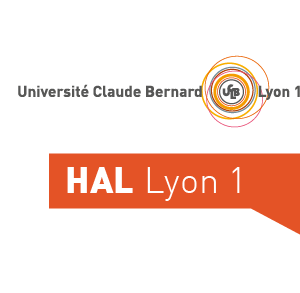Response to Rituximab Induction Is a Predictive Marker in B-Cell Post-Transplant Lymphoproliferative Disorder and Allows Successful Stratification Into Rituximab or R-CHOP Consolidation in an International, Prospective, Multicenter Phase II Trial
Résumé
Purpose The Sequential Treatment of CD20-Positive Posttransplant Lymphoproliferative Disorder (PTLD-1) trial ( ClinicalTrials.gov identifier, NCT01458548) established sequential treatment with four cycles of rituximab followed by four cycles of cyclophosphamide, doxorubicin, vincristine, and prednisone (CHOP) chemotherapy as a standard in the management of post-transplant lymphoproliferative disorder (PTLD) and identified response to rituximab induction as a prognostic factor for overall survival. We hypothesized that rituximab consolidation might be sufficient treatment for patients with a complete response after rituximab induction. Patients and Methods In this prospective, international, multicenter phase II trial, 152 treatment-naive adult solid organ transplant recipients, with CD20+ PTLD unresponsive to immunosuppression reduction, were treated with four weekly doses of rituximab induction. After restaging, complete responders continued with four courses of rituximab consolidation every 21 days; all others received four courses of rituximab plus CHOP chemotherapy every 21 days. The primary end point was treatment efficacy measured as the response rate in patients who completed therapy and the response duration in those who completed therapy and responded. Secondary end points were frequency of infections, treatment-related mortality, and overall survival in the intention-to-treat population. Results One hundred eleven of 126 patients had a complete or partial response (88%; 95% CI, 81% to 93%), of whom 88 had a complete response (70%; 95% CI, 61% to 77%). Median response duration was not reached. The 3-year estimate was 82% (95% CI, 74% to 90%). Median overall survival was 6.6 years (95% CI, 5.5 to 7.6 years). The frequency of grade 3 or 4 infections and of treatment-related mortality was 34% (95% CI, 27% to 42%) and 8% (95% CI, 5% to 14%), respectively. Response to rituximab induction remained a prognostic factor for overall survival despite treatment stratification. Conclusion In B-cell PTLD, treatment stratification into rituximab or rituximab plus CHOP consolidation on the basis of response to rituximab induction is feasible, safe, and effective
